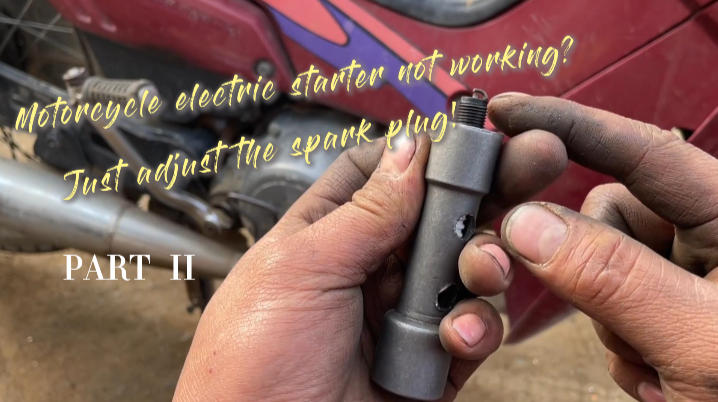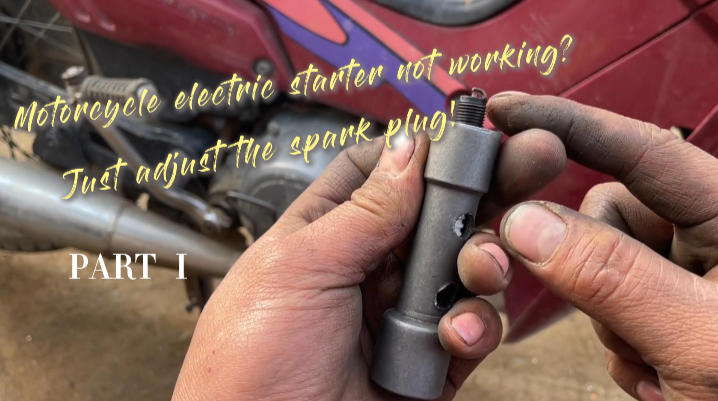Pre-Season Snowmobile Maintenance Checklist
-
24
-
2025-10-28 15:23:43
You know that itch — the one you get just before the first snowfall? That’s when the sled calls. But before you head out, spend a morning in the garage. Fifteen minutes here, a couple of hours there, and you’ll save yourself a freezing walk home later. Here’s what I do, in the order I usually work through the sled.
1. Give it a wash and a close look
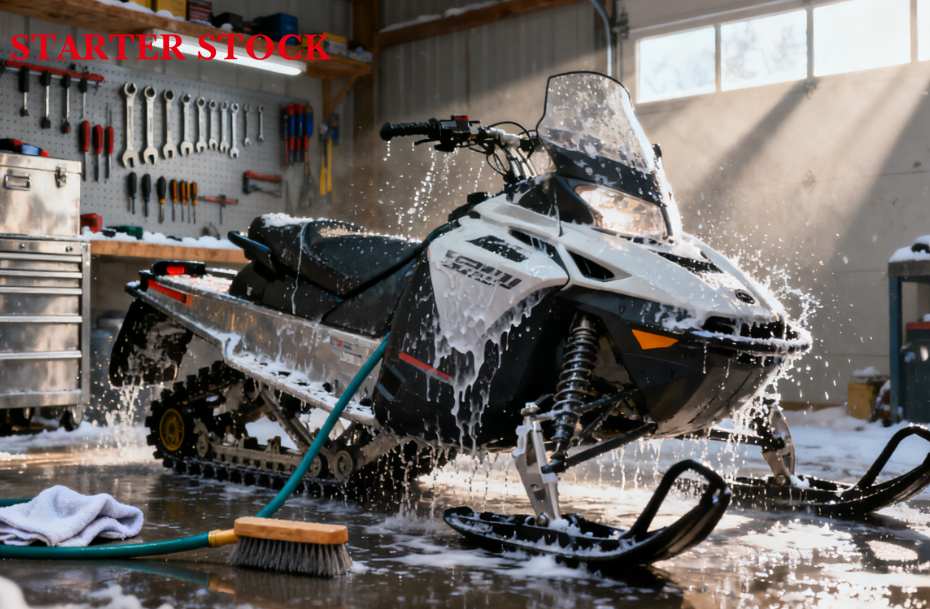
If you left mud, salt or old snow on the sled, clean it off. Not for vanity — for sense. Dirt hides cracks, corrosion and loose bolts. Hose it down, then dry it properly. I like a leaf blower for getting water out from under the tunnel. Once dry, walk around and look closely. Look for cracked hoses, hairline frame cracks, loose bolts. If something looks odd, mark it and deal with it now.
2. Fuel system — don’t mess with old gas

Old gas gums up things fast. If the sled sat with fuel in it for months, drain it or at least top up with fresh fuel and add a stabiliser. Replace the fuel filter if it looks grimy. Squeeze the fuel lines; if they feel soft or brittle, swap them. Fuel smells strange? Change it. Small job, big payoff.
3. Battery and electrics — simple but vital
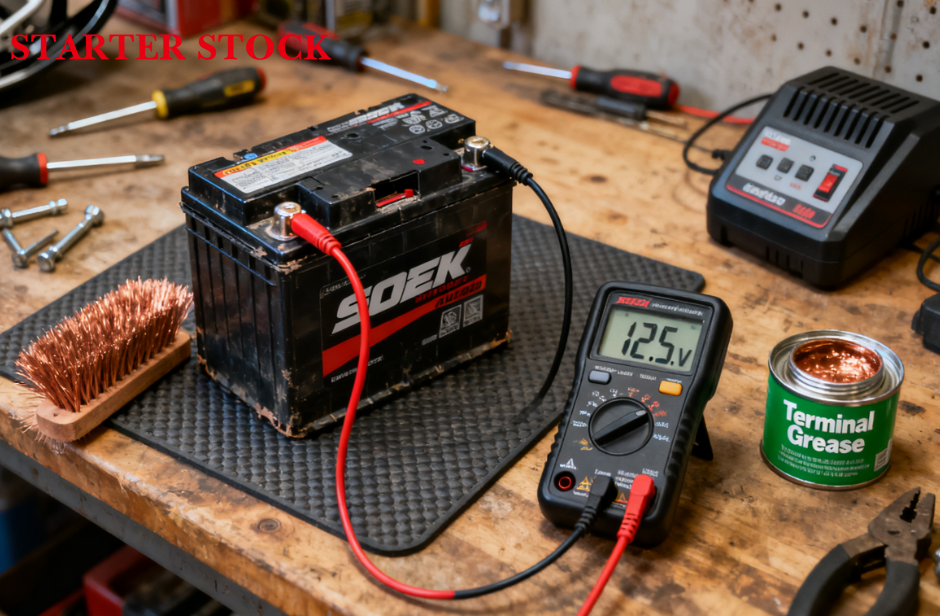
Cold kills weak batteries. Charge it up and test it — at least 12.4–12.6 volts is what you want. If it’s tired, replace it; don’t be cheap here. Clean the terminals, coat them with a tiny bit of grease, check wiring for mice damage (they love warm bays). While you’re at it, test lights, heated grips, and the tether kill switch. Nothing worse than discovering a blown bulb on a night run.
4. Drive belt and clutches — give them attention
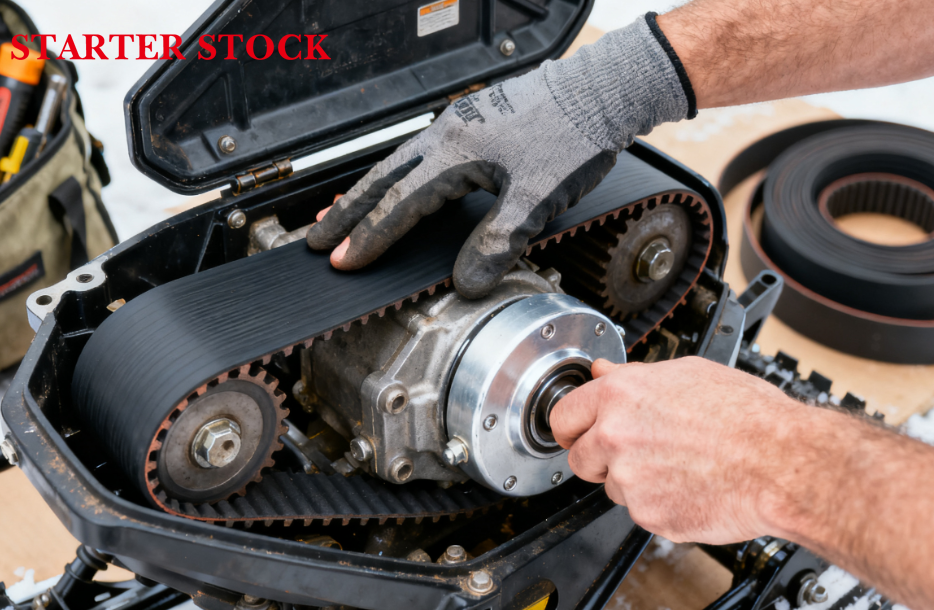
Pull the belt cover and have a look. If the belt is glazed, cracked, or fraying — replace it. Don’t gamble. While the cover’s off, give the clutches a clean. Wipe away dust and debris. Spin them by hand; if anything feels sticky or rough, service time. Keep a spare belt stashed on the sled. It’s a tiny thing that saves an afternoon.
5. Track and suspension — the undercarriage check
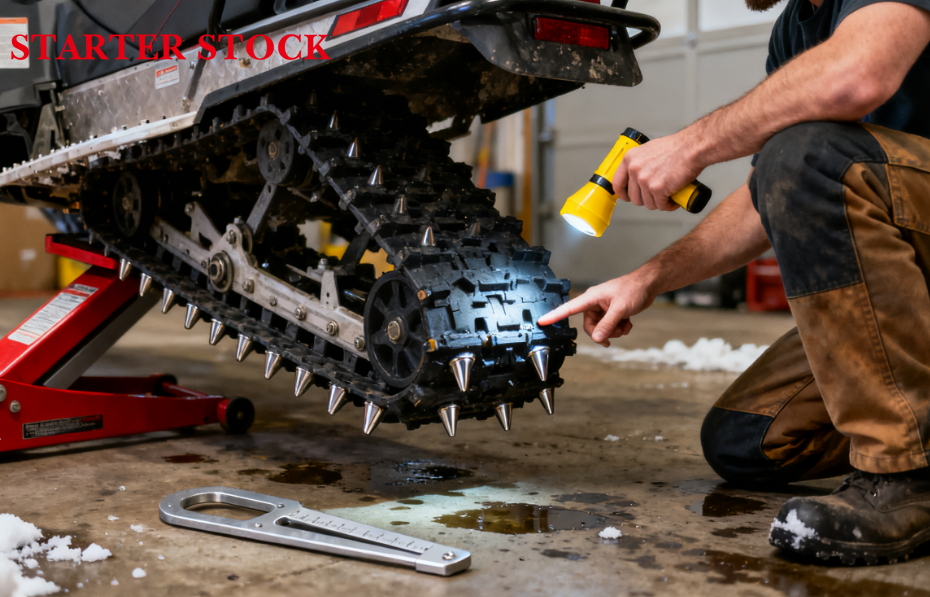
Lift the rear so the track hangs free. Spin it and look for missing or damaged lugs. Track tension matters — follow the manual. Too tight, you strain things; too loose and it slaps the tunnel. Check the slide rails for wear. Grease the suspension fittings. Bounce the sled up and down; everything should move smoothly and return without clunks. If a shock leaks or a bushing is shredded, fix it before you ride.
6. Skis, carbides and steering bits
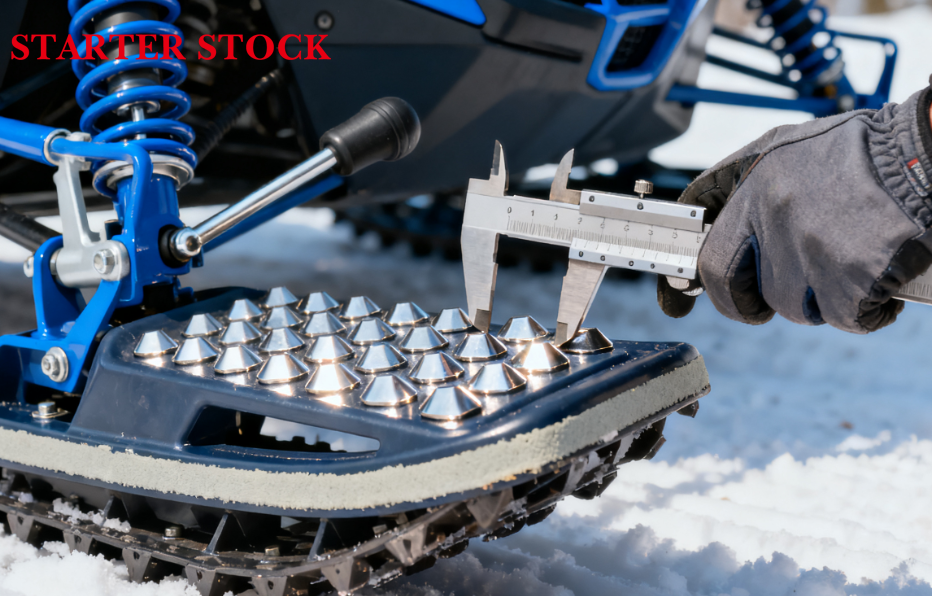
Skis should be straight and the carbides (the metal runners) should still have bite. If the carbides are rounded off, you’ll hate cornering on ice. Check steering linkages for play. Move the bars left and right and feel for any wobble. A little lubrication on the pivot points helps. Also, glance at the ski wear bars — worn out, replace them.
7. Fluids — oil, chaincase, and more
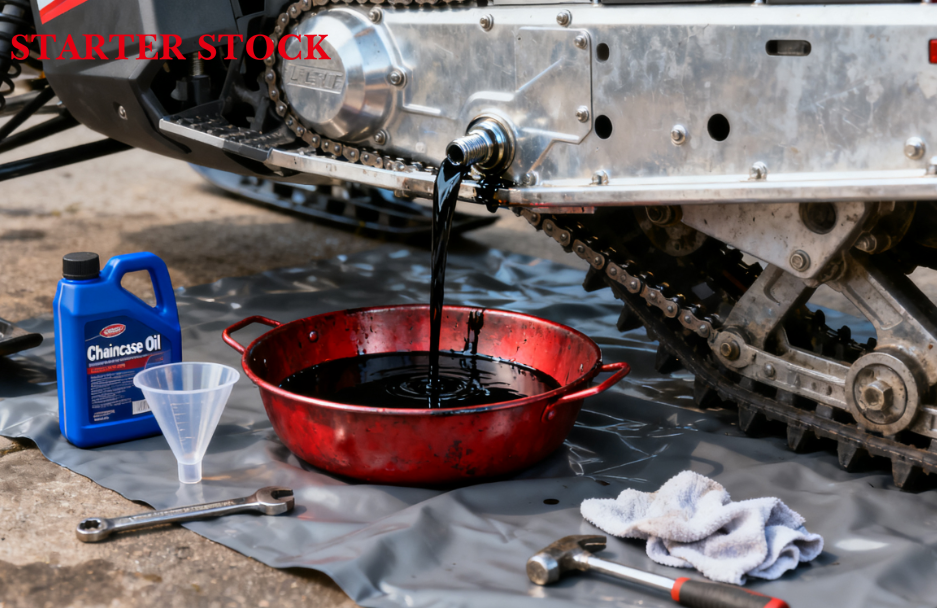
Change the oil if it’s a four-stroke. For two-strokes, check the oil injection lines and tank. Chaincase oil gets dirty — drain and refill it. That’s cheap insurance. Check coolant on liquid-cooled sleds. Top off anything that’s low. Don’t ignore little leaks; they grow.
8. Brakes and controls
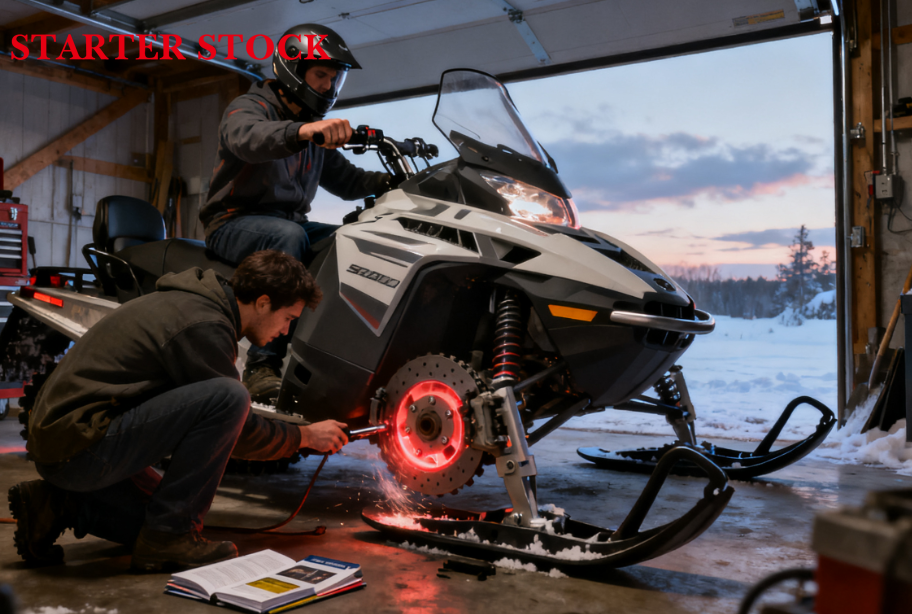
Pull the brake lever — it should be firm. Soft or spongy means air or low fluid. Top up the brake fluid and bleed if you need to. Check cables and linkages: throttle should snap back smoothly. A sticky throttle in winter is a bad time. Cable lube and a visual check are quick and worth it.
9. Safety kit and spares
Pack a small kit: a spare plug, a basic wrench set, a zip-tie or two, and a small shovel. Throw in a tow strap and a tow loop. Add a headlamp and a first-aid kit. Keep a dry bag with a spare pair of gloves and socks. If you ride alone, consider a PLB or at least a phone in a waterproof case.
10. Test idle and a short trial run
Start the sled and let it idle. Listen. Any knocks or odd rattles? Smell fuel? Address it. Take it for a quick loop close to home. Test throttle response, brakes, and steering under load. If anything feels wrong, you’re near your tools, so fix it properly. Don’t ignore weird noises — small problems get worse fast in the cold.
A few practical tips I’ve learned the hard way
Always carry a spare belt. Honestly.
Keep fuel stabiliser on hand when you store the sled.
Warm your battery before long runs if you can — a little pre-heat goes far.
Label hoses and connectors if you fiddle a lot. It saves time next spring.
Use silicone spray on plastic parts to keep them supple. It helps in freezing temps.
Final note — take your time
Pre-season maintenance doesn’t need to be perfect. It needs to be sensible. Spend a morning. Check the basics. Replace the worn things. A tidy sled is a reliable sled. You’ll ride more, stress less, and laugh at the stupid folk who get stuck with a seized clutch on the first hill.
-
Oil Pump JR-B18-1 16700-K20-903 For Z00MER

-
Oil Pump JR-B18 16700-KVG-41 For AIR BLADE
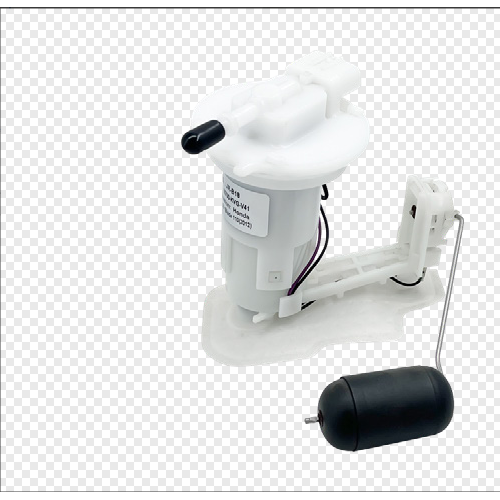
-
Oil Pump JR-B113 16700-HR3-A21 For Fou rTrax Rancher
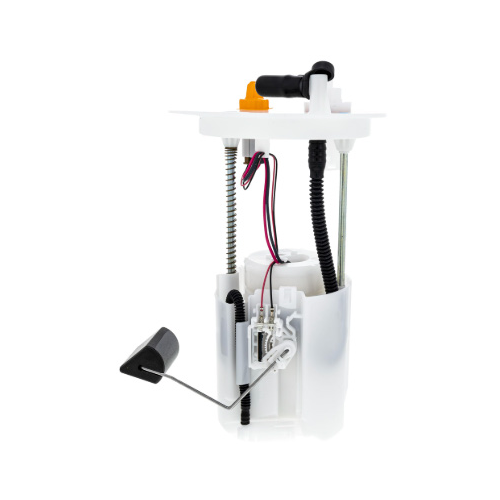
-
Oil Pump JR-B112-1 275500734 For GT1 130/155 2011-2012
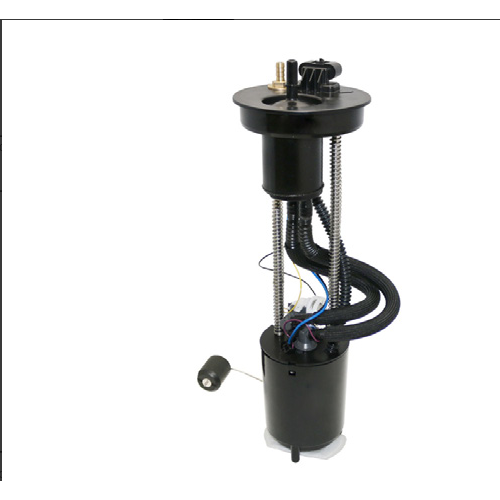
-
Oil Pump JR-B112 47-1027 For MAVERICKX
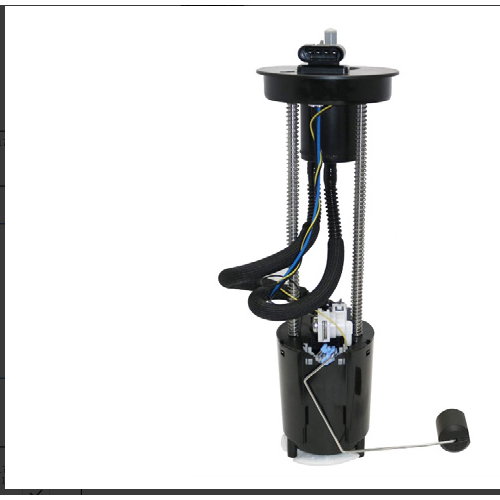
-
Oil Pump JR-B110 47-1050 For OUTLANDER
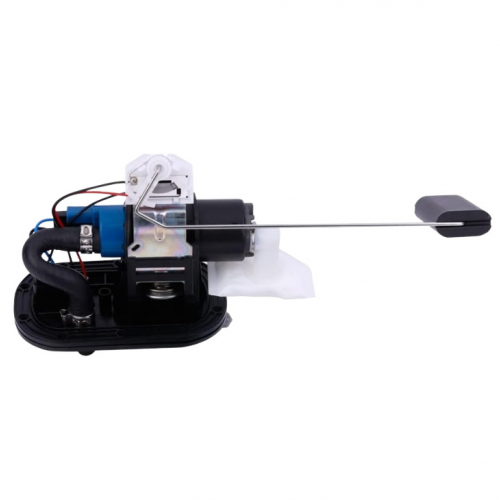
-
Oil Pump JR-B109 709000758 For OUTLANDER
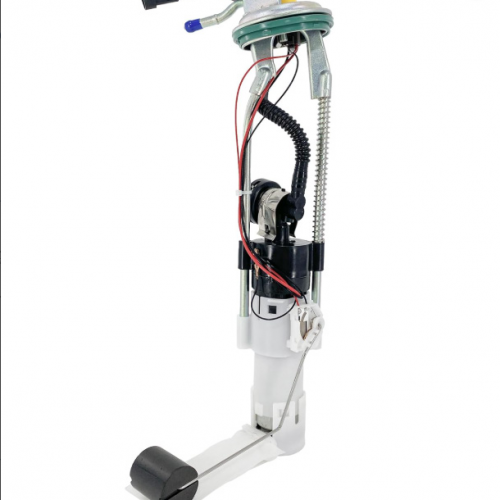
-
Oil Pump JR-B108-1 2204308 For SPORTSMAN
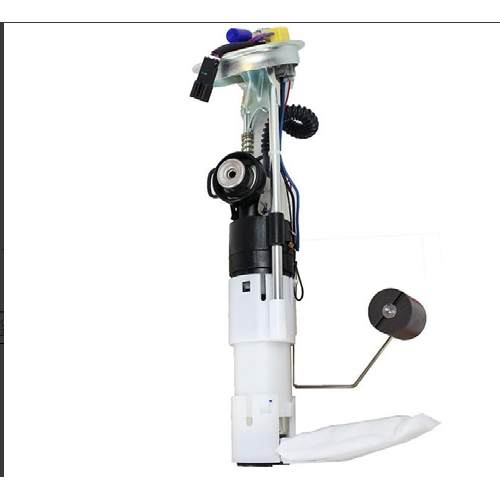
-
Oil Pump JR-B108 47-1014 For SPORTSMAN
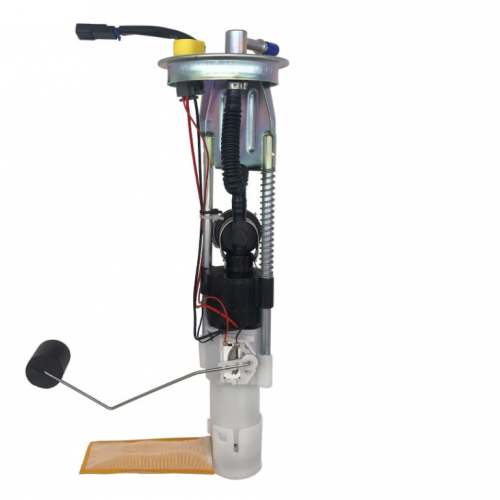
-
Oil Pump JR-B98-1 47-1012 For RANGER



